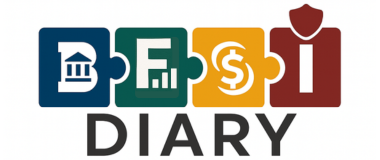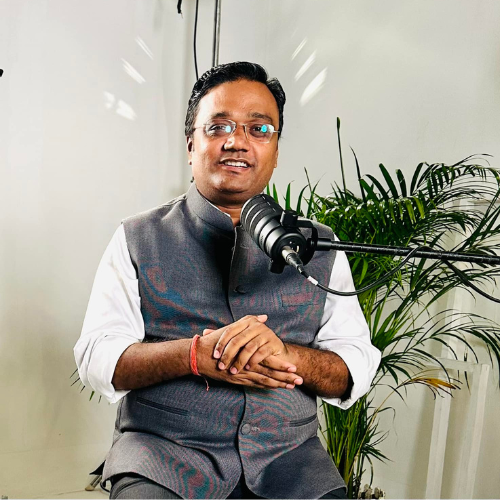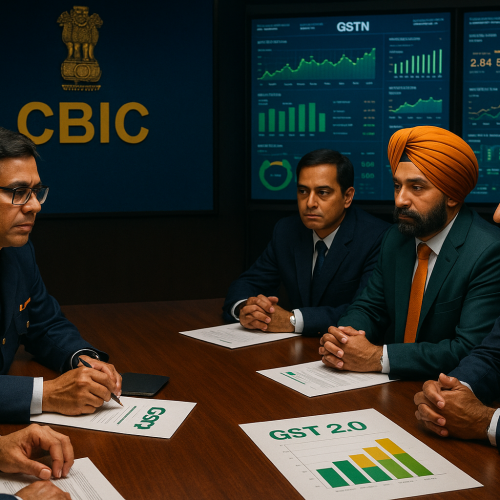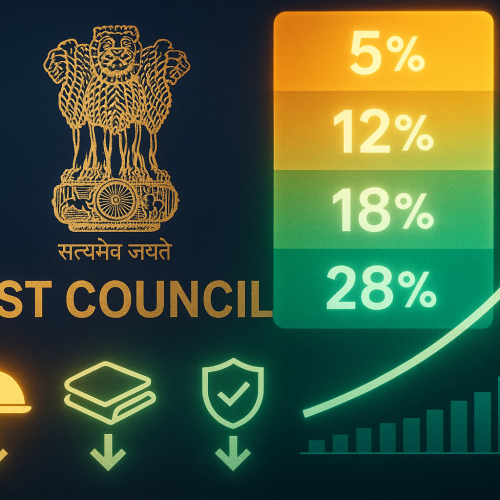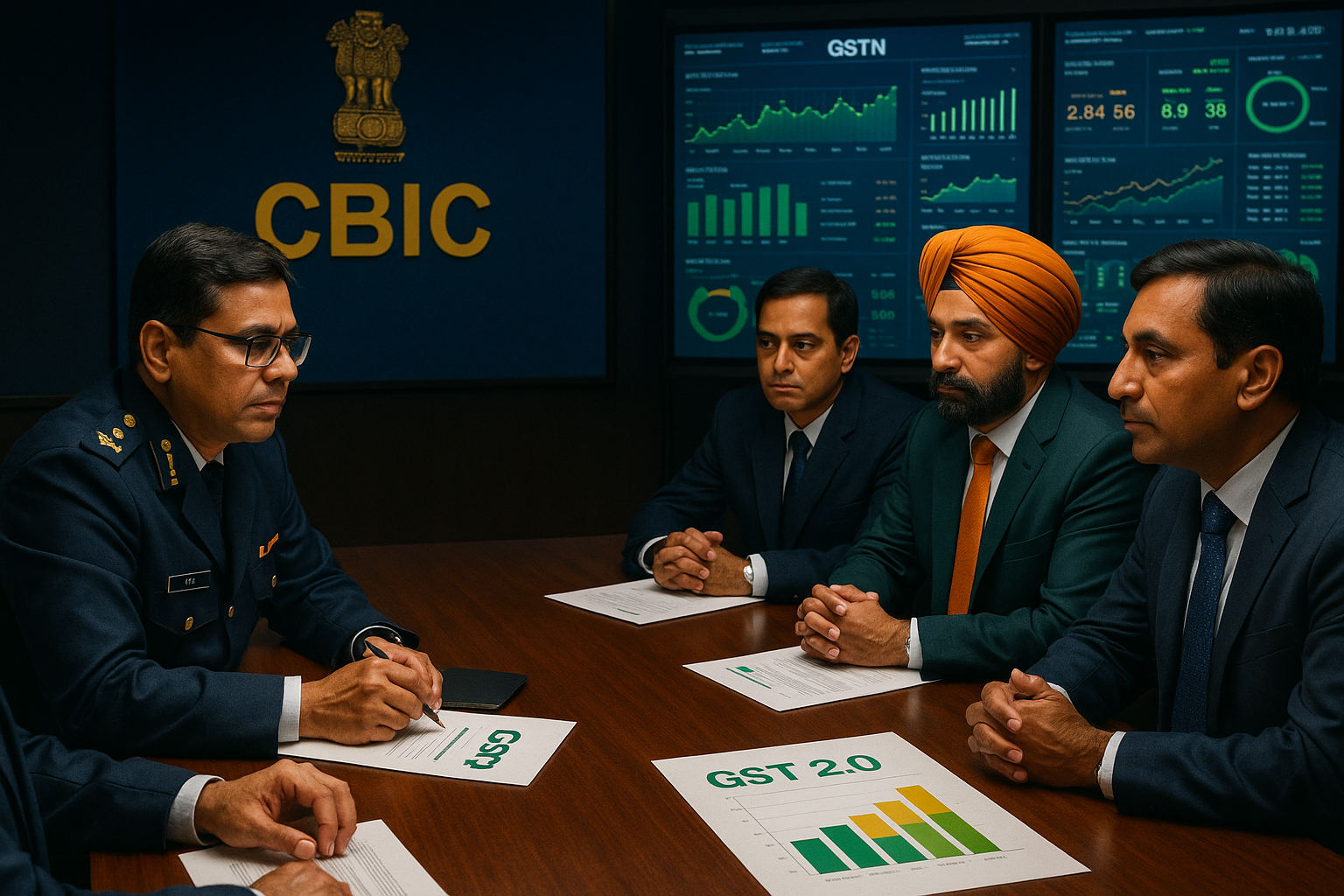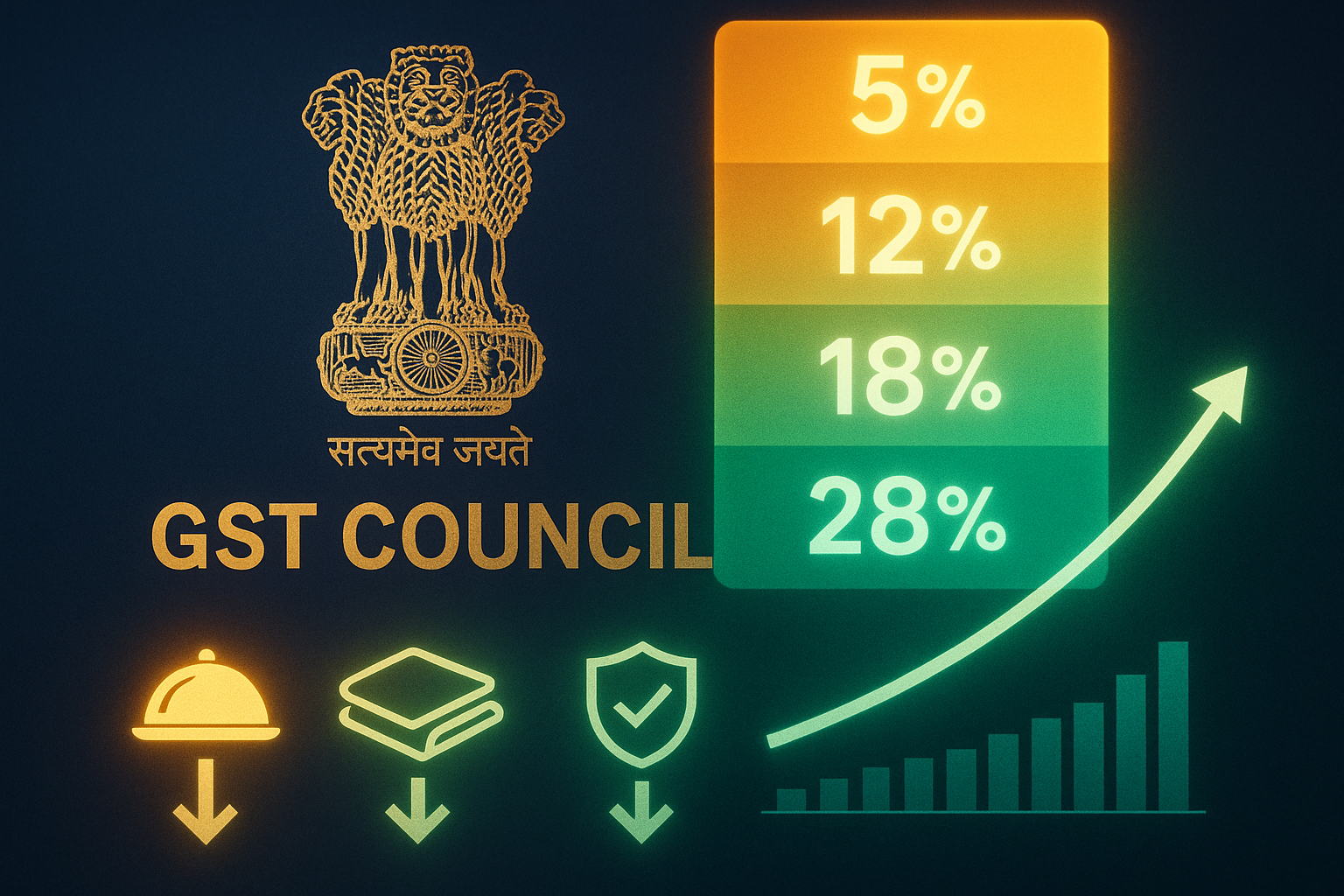On July 18, 2025, the Income Tax Department officially enabled online filing of ITR-2 for Assessment Year 2025–26 (FY 2024–25), offering taxpayers the ease of filing returns with pre-filled information. This update allows a wide segment of individuals—especially those with capital gains, foreign income, and multiple property holdings—to complete their tax filings efficiently on the official portal.
Who Should Use ITR-2
ITR-2 is applicable to individuals and Hindu Undivided Families (HUFs) who:
Do not earn income from business or profession
Have capital gains or income from more than one house property
Earn foreign income or own foreign assets
Have agricultural income exceeding ₹5,000
Trade in cryptocurrencies or derivatives
Fall under high-net-worth salary categories or are NRIs
Key Highlights
Pre-filled data includes salary, interest income, dividends, capital gains, and tax deducted at source
No requirement to download or upload JSON files; filing can be completed fully online
Revised format includes detailed disclosure for buyback of shares, segregated reporting of long-term capital gains, and asset declarations above prescribed limits
Expert Opinions
CA Abhishek Soni, Co-founder, Tax2Win
“The enhanced ITR-2 format enables a wider group of taxpayers to file returns independently. Auto-filled fields reduce manual errors and encourage timely compliance.”
CA Pranav Kulkarni, Partner, Tax Advisory Services
“The latest updates reflect the government’s focus on transparency and digital compliance. It eases complexity for those dealing with securities transactions, foreign assets, and multiple income streams.”
Filing Procedure
Visit incometax.gov.in
Select ITR-2 and choose the online mode
Review the automatically filled data from Form 26AS, AIS, and other linked sources
Make necessary edits or additions
Submit and complete e-verification using Aadhaar OTP, net banking, or bank account-based methods
Significance
This update improves accessibility, reduces dependency on offline utilities, and minimizes filing errors. It reflects the broader shift toward automation and taxpayer self-service for more complex income groups.
